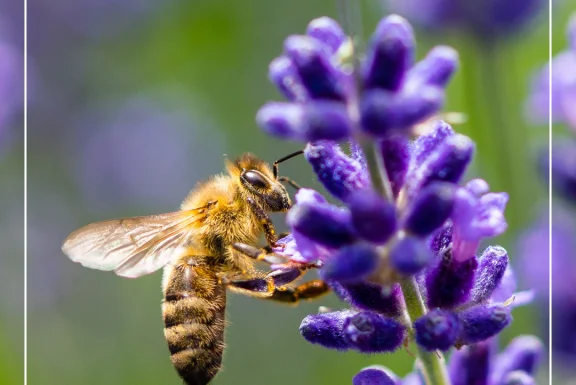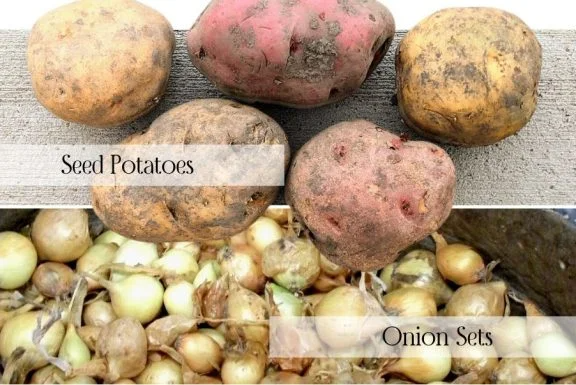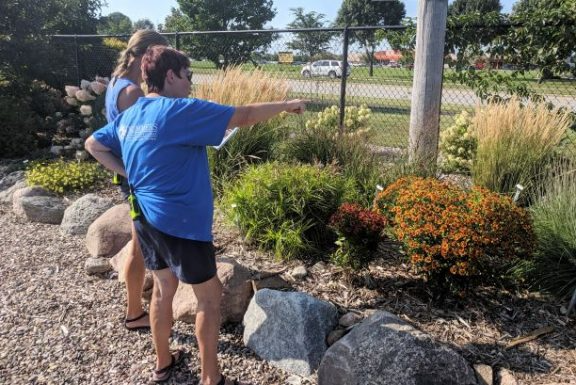
by Drummers Garden Center | May 16, 2024 | Garden Planning, Pollinator Plants
Introduction: In the bustling world of a garden, there are unsung heroes that often go unnoticed – pollinators. Bees, butterflies, and birds play a crucial role in the ecosystem by pollinating flowers and ensuring the reproduction of plants. Creating a...

by Drummers Garden Center | Mar 12, 2024 | Garden Planning, Plant Care, Vegetable Variety Selection, Vegetables
Whether you are a beginner looking to start your gardening journey or an enthusiast seeking to expand your knowledge, this informative guide will walk you through different potato varieties, onion options, and essential tips for a fruitful vegetable garden this...

by Drummers Garden Center | Jul 18, 2023 | Garden Planning, Perennials
In this Elements of Landscape Design Series post we are focusing on landscape design using perennials to accomplish your landscape vision. Incorporating perennials into a garden is a wonderful way to add beauty, diversity, and longevity to your outdoor space....
by Drummers Garden Center | Jul 14, 2023 | Garden Planning
Summer-bearing raspberries and fall-bearing raspberries are two types of raspberries that differ in their fruiting habits and growth patterns. Here’s some information about each: Summer-bearing raspberries: Fruit production: Summer-bearing raspberries, as the...
by Drummers Garden Center | Jun 29, 2023 | Garden Planning, Pests, Plant Care, Yard & Garden Care
Pest Control: Be on the lookout for signs of pest damage, such as holes in leaves or wilting plants, and address the issues promptly. Japanese Beetle damage is usually seen starting end of June, which looks like your leaves have turned to lace. Like to do your own...

by Drummers Garden Center | Mar 13, 2023 | Garden Planning, Landscape Design
These perennials bloom during the early growing season and are a welcome sight after a long-cold winter. Mix these spring flowering perennials in with your summer and fall-blooming flowers for a show of sequential blooms all gardening season. These early blooming...





